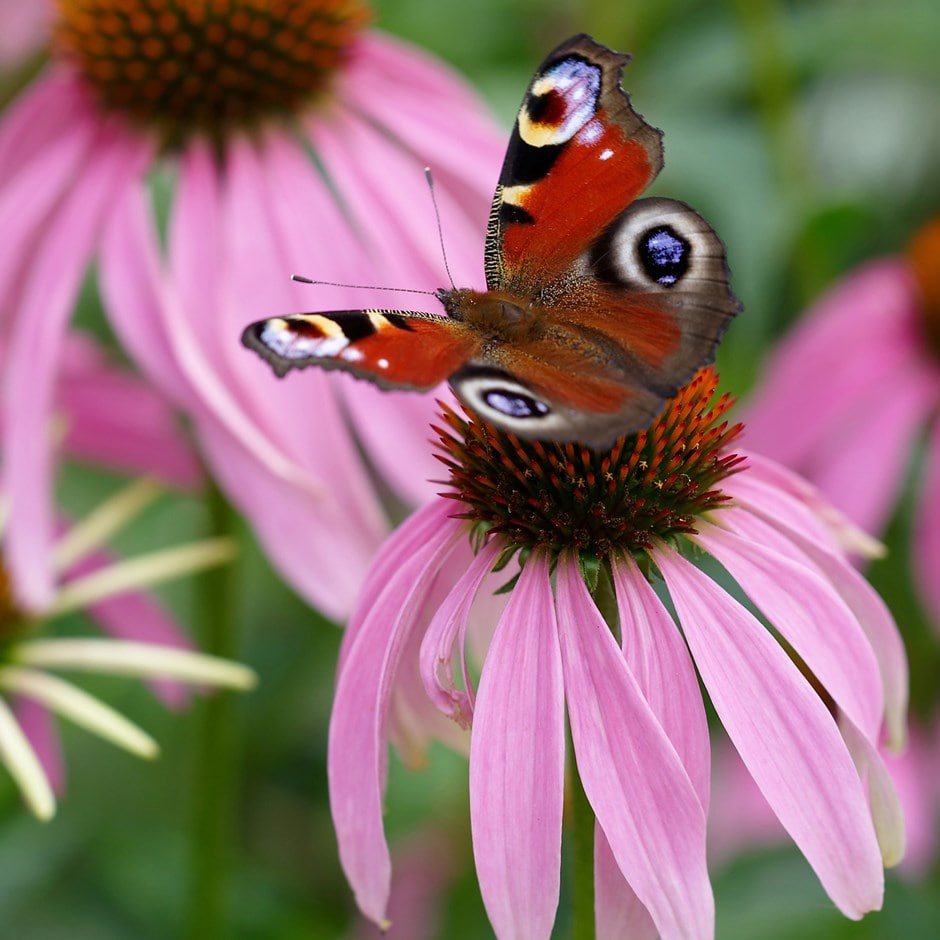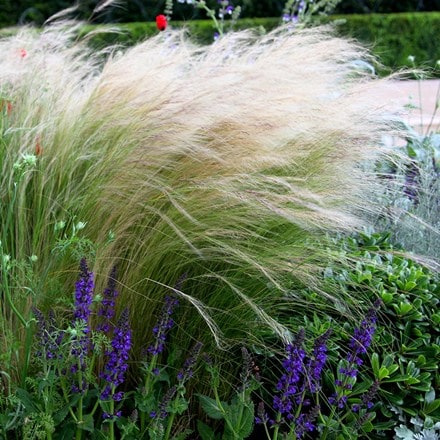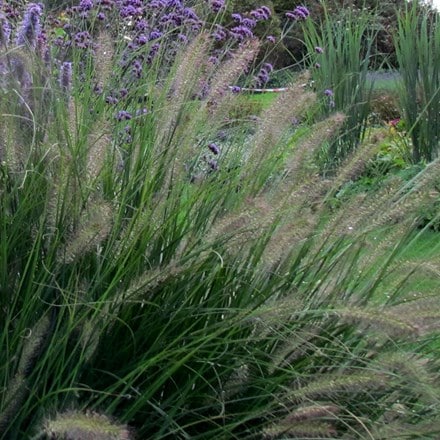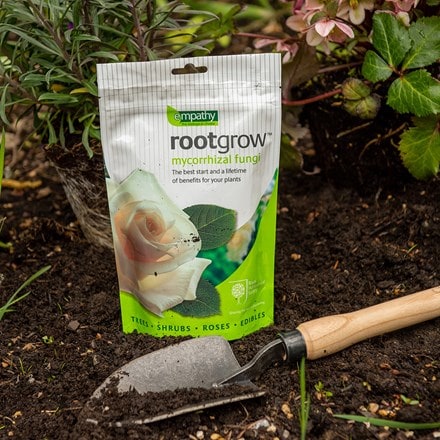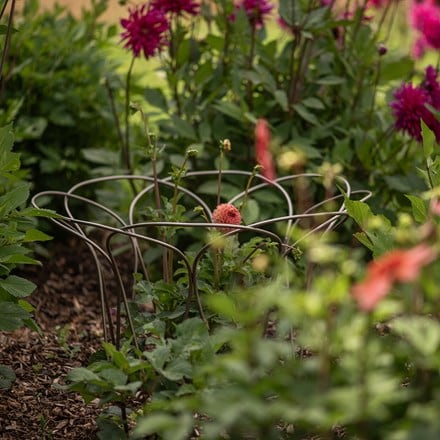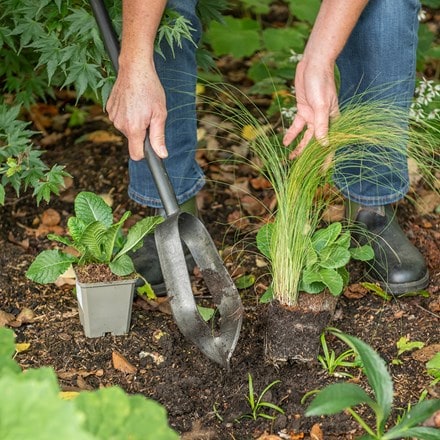Echinacea purpurea
coneflower
- 9cm pot
- £9.99
- In stock (shipped within 2-3 working days)
- 3 × 9cm pots
- £24.99 £8.33 each
- In stock (shipped within 2-3 working days)
- 6 × 9cm pots
- £42.99 £7.17 each
- In stock (shipped within 2-3 working days)
- 2 litre pot
- £17.99
- In stock (shipped within 2-3 working days)
- 3 × 2 litre pots
- £44.99 £15.00 each
- In stock (shipped within 2-3 working days)
Delivery options
- Standard £5.99
- Position: full sun
- Soil: moderately fertile, moist but well-drained soil
- Rate of growth: average
- Flowering period: June to September
- Hardiness: fully hardy
Large, rich rosy-purple, daisy-like flowers with prominent orange-brown centres on stiff stems appear from June to September. One of our recommended plants, it's tough and makes an excellent cut flower.
Like other coneflowers, Echinacea purpurea is long-flowering and will cope well with adverse weather conditions, except drought. Try it dotted through a sunny, mixed border or in bold drifts among grasses where it will extend the season of interest.
Echinacea purpurea is attractive to bees and butterflies, and birds will flock to the seedheads.
Like other coneflowers, Echinacea purpurea is long-flowering and will cope well with adverse weather conditions, except drought. Try it dotted through a sunny, mixed border or in bold drifts among grasses where it will extend the season of interest.
Echinacea purpurea is attractive to bees and butterflies, and birds will flock to the seedheads.
Plant Echinacea directly into well-prepared borders or larger pots and containers, spacing them at 15-20cm (6-8in) intervals. Water well after planting and while they are in active growth.
The seed heads are attractive, and are a valuable food source for birds during the cooler months, so avoid cutting them back (to just above soil level) until late winter.
Over time, Echinacea will form larger clumps with more flowering stems, so they can be lifted and divided in autumn or spring to maintain vigour and flowering performance.
Plants in exposed locations will benefit from staking.
The seed heads are attractive, and are a valuable food source for birds during the cooler months, so avoid cutting them back (to just above soil level) until late winter.
Over time, Echinacea will form larger clumps with more flowering stems, so they can be lifted and divided in autumn or spring to maintain vigour and flowering performance.
Plants in exposed locations will benefit from staking.
